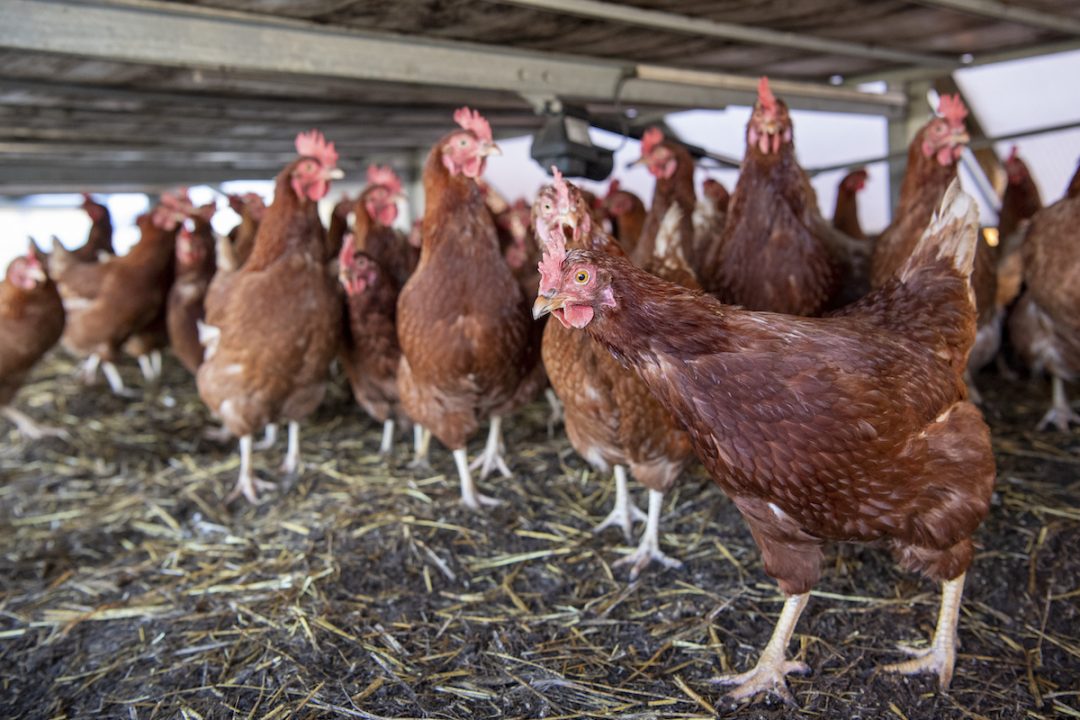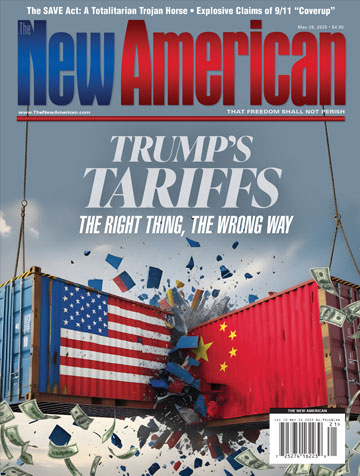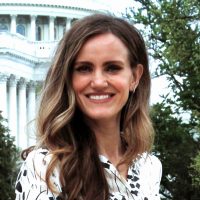
Last week, the U.S. Department of Agriculture (USDA), under newly appointed Secretary Brooke Rollins, granted a conditional license for Zoetis’ avian influenza vaccine for use in chickens.
According to Zoetis, the USDA’s Center for Veterinary Biologics (CVB) issued the license based on the vaccine’s “safety, purity, and reasonable expectation of efficacy, as demonstrated through serology data,” or blood tests measuring immune response.
However, this is a conditional license. The vaccine — officially named “Avian Influenza Vaccine, H5N2 Subtype, Killed Virus” — has not yet undergone full-scale field trials to prove its long-term effectiveness. Conditional approval allows limited use of the vaccine during an emergency.
The USDA declared an emergency response to the Highly Pathogenic Avian Influenza (HPAI) outbreak on February 8, 2022, following the first confirmed case in a commercial flock.
Shift From Culling to Vaccination
For years, the USDA has relied on mass culling as its primary response to HPAI outbreaks. As of the latest update from the USDA, as cited by the Centers for Disease Control and Prevention (CDC), since February 2022 over 160 million birds have been affected.
Exact figures for culled birds are not specified. However, culling has been a standard response to HPAI outbreaks to control and contain the virus. That means that a significant portion of those affected birds has been slaughtered.
The Trump administration’s decision to approve Zoetis’ vaccine signals a pivot in the federal response.
National Economic Council Director Kevin Hassett collaborates with the USDA on the response. As he told Face the Nation, the new plan will focus on “biosecurity and medication” as well as targeted containment methods.
Why Farmers Avoided Vaccinating Chickens
Culling is widely regarded as an ineffective measure since wild birds, such as mallard ducks, continue to reinfect chickens.
Vaccines do not eliminate this risk, and they introduce new concerns.
Avian influenza vaccines have been available for years. Yet, American farmers have largely avoided using them. The reasons were a combination of trade restrictions, logistical challenges, and concerns about viral mutation and cross-species transmission. Vaccines are a standard tool in combating poultry diseases. However, HPAI vaccination has been controversial and rarely implemented on a large scale.
Trade Barriers and Export Concerns
One of the biggest reasons U.S. poultry farmers have avoided vaccination is international trade policy. Many countries, including China and the European Union, ban poultry imports from nations that vaccinate against avian influenza. The concern is that vaccinated birds can still carry and spread the virus asymptomatically. That makes it harder to detect and control outbreaks. If the U.S. poultry industry widely adopted vaccination, it could risk losing access to billions of dollars in export revenue.
The U.S. broiler industry plays a major role in the global poultry market, exporting much of its production each year. Between 2013 and 2022, about 17 percent of U.S. chicken production was sent to other countries, making it the most export-focused poultry product.
In 2024, U.S. poultry meat exports (excluding eggs) were worth around $5.53 billion, with an average of $5.66 billion over the past three years. This highlights how much the industry depends on international trade and how important exports are to its economic success.
Logistical and Cost Barriers
Most avian flu vaccines require individual injections, making them impractical for large-scale poultry farms in the U.S., where flocks can number in the tens or even hundreds of thousands of birds. Unlike vaccines for Newcastle disease or infectious bronchitis, which can be administered through spray or drinking water, avian flu vaccines demand hands-on labor for each bird, significantly increasing time, costs, and logistical challenges.
For farmers, this presents a major financial burden, as vaccinating entire flocks would require additional labor, specialized equipment, and significant operational adjustments. As a result, most poultry producers have hesitated to invest in vaccination programs, especially without strong incentives or trade policy changes that would make it a viable alternative.
Potential for Driving Mutations
Partially vaccinating only some flocks could lead to new, vaccine-resistant strains of bird flu. When only a portion of birds is vaccinated, the virus continues to circulate in the unvaccinated birds and can even infect partially protected vaccinated birds, forcing the virus to adapt and evolve. This process allows strains that can bypass immunity to survive and spread, making future outbreaks harder to control.
The risk increases significantly if the vaccine is not 100-percent effective — a scenario known as a “leaky” vaccine. Unlike sterilizing vaccines, which completely block infection, leaky vaccines reduce symptoms but do not stop viral transmission. This means infected but asymptomatic birds can continue spreading the virus, allowing mutations to develop unnoticed. Scientists have observed this phenomenon in other poultry diseases, such as Marek’s disease, where leaky vaccination contributed to the emergence of more virulent, deadly strains.
A similar pattern occurs with the notoriously low-efficacy seasonal flu and Covid-19 vaccines. Those require constant updates to keep up with new mutations that evade prior immunity, often rendering previous doses ineffective.
Jumping Species
A new concern is that recent bird flu variants have started infecting dairy cattle, something not seen before. For instance, the D1.1 strain of H5N1 has affected U.S. dairy cows, leading to lower milk production and other issues. This suggests the virus is adapting to mammals, which could eventually increase its ability to infect humans. The more the virus circulates and mutates, the greater the risk that a strain capable of human-to-human transmission could emerge.
It must be stressed that many chickens survive the virus and develop natural immunity, making both culling and vaccinations unnecessary.
Up Next: Bird Flu Vaccine for Humans?
In parallel to this, Moderna is developing new mRNA-based vaccines to combat bird flu in humans. In the final days of Biden’s term, the company received a $590 million grant from the Department of Health and Human Services (HHS) to accelerate the development of pandemic influenza vaccines, including those targeting avian influenza strains. The initiative aims to prevent potential spillover infections from animals to humans by leveraging the same mRNA technology used in Covid vaccines, which HHS described as “successful” in its press release.
As reported by The New American last June, Western countries, including the United States, view bird flu as a serious pandemic threat due to its potential mutations. And they view vaccinations as a key component of their “pre-pandemic” preparedness plans.
With Robert F. Kennedy Jr. now leading HHS, it remains to be seen whether this strategy will continue unchanged. It may be adjusted, or even canceled. The concern arises from the influence of biotech investor Jim O’Neill, Kennedy’s deputy and key operational lead at HHS, who has long advocated for deregulating drug approvals and accelerating vaccine development. His stance could either create tension within the department or quietly steer policy in a direction at odds with Kennedy’s stated commitment to stricter oversight.
Plus, leading the White House Office of Pandemic Preparedness and Response Policy (OPPR) is Gerald Parker, a longtime biodefense insider. As documented by Dr. Robert Malone, Parker’s role at OPPR places him at the center of shaping the U.S. response to avian influenza and future pandemics, raising alarm about the alignment of federal policies with his pro-vaccine, biosecurity-heavy approach.





